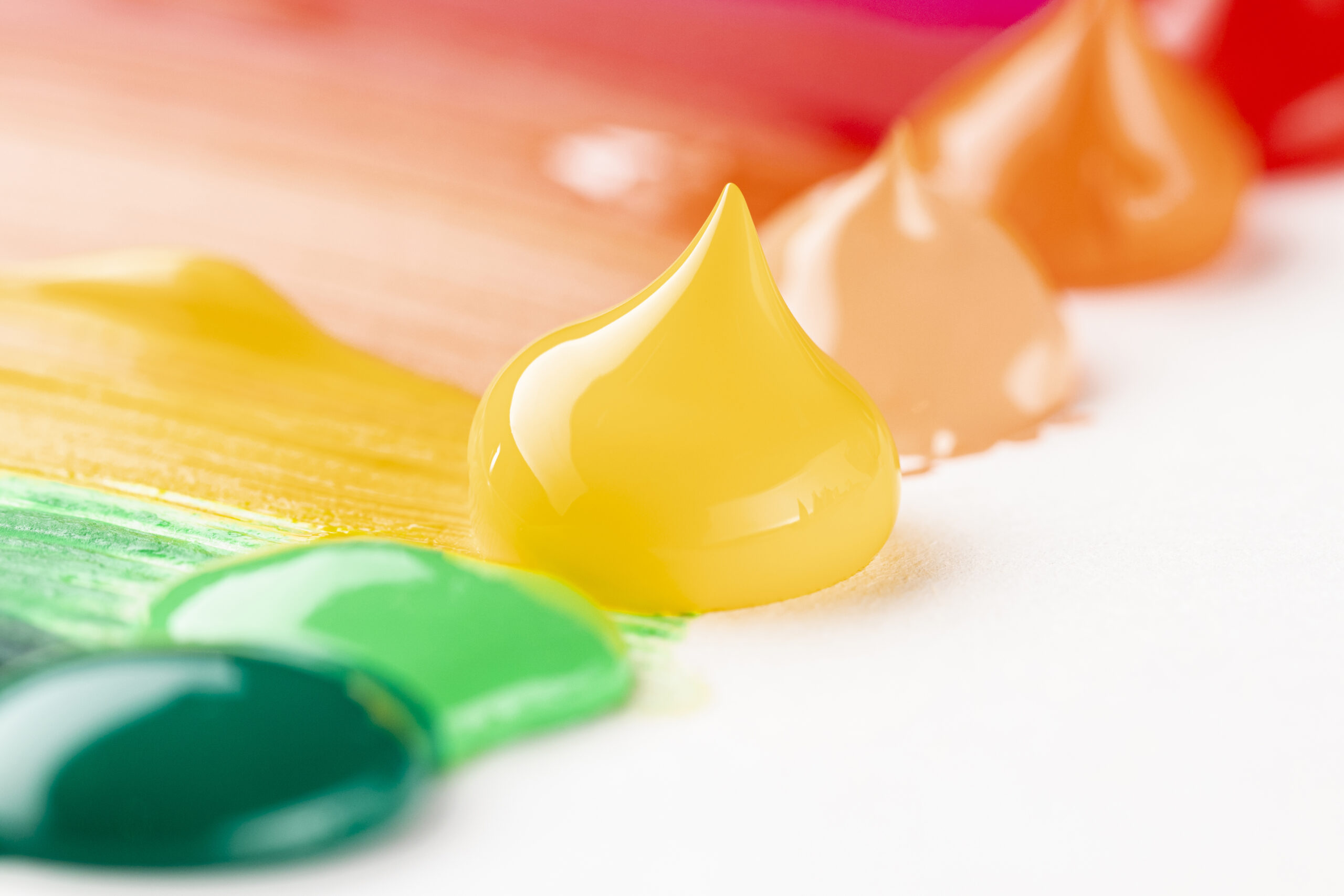Market Research Future’s extensive report pertaining to Azo pigments reveals that the market will be touching USD 1.65 billion by 2027, at a healthy growth rate. The use of Azo Pigments in the construction industry is extensive, while other applications including textile, stationery, food, rubber, and plastics are gaining traction as well.
• The worldwide population was nearly 8.5 billion in 2021, with a jump of 1.08% between 2020 and 2021. Notable population growth has been fostering the expansion of the construction sector, given the surging need for commercial and residential buildings. This expansion of the construction sector will mean a considerable demand for color pigments, which should ultimately raise the sale of azo pigments. The rise in consumers’ disposable income has fostered the need for residential buildings in line with the sales of paints & coatings.
• Another major end-user of azo pigments is the textile industry. The thriving fashion industry as the demand for apparel goes up combined with the success of e-commerce platforms has favored the textile market. The textile market is based on three key principles, namely designing, producing, and distributing different materials, like clothing and yarn. A variety of semi-finished and finished goods in clothing, bedding, medical, and apparel make use of colored pigments. Therefore, the lucrative future of the textile industry should ensure that the demand for azo pigments continues to rise.
What are Azo Pigments?
Azo pigments are types of organic chemicals that have a nitrogen group. Their chemical structure is a lot like that of azo dyes and is generally insoluble in water. Their various shades are yellow, orange, and red, among others. The chemical structure determines the applications and shades. The product, based on solubility, can be segmented into oil soluble as well as water-soluble. The oil soluble pigments are in great demand, finding applications in plastic, inks, textile fiber, rubber, food, stationery, and paints & coatings. Out of these, the plastics, paints & coatings, and inks categories collectively make more than 65% share of the total azo pigment market.
Types of Azo Pigments
Azo pigments form the biggest segment of organic pigments; containing more than one azo chromophoric groups and in the form of orange, red, and yellow pigments.
• Monoazo pigments, which means just a single chromophore, show low light and thermal stability with a proneness to bleeding. These don’t find applications in plastics.
• Polyazo fillers have over a single chromophore, never bleed, and show higher thermal stability as well as impressive chemical stability.
• Nonazo pigments come with different structures, generally polycyclic and in a few cases, complexed due to the presence of metals. Phthalocyanine greens and blues, mostly complexed with metals like copper, are quite stable to heat, chemicals, and light. These form extremely intense, transparent colors with significant tinting strength. Other types of organic pigments include quinacridones (violet, red, orange), isoindolines (orange, red, yellow), flavanthrones, dioxazines (violet), anthraquinones, and perylenes.
What are Azo Dyes?
Azo dyes contain a major series of colorants, comprising nearly 70% of every type of organic dye produced worldwide. These are primarily used for simple preparation with synthetic processes, high coefficient of molar extinction, and medium-to-high strength with respect to wetness and light as well as large structural diversity. In light of these, azo dyes are widely used in various applications, including cosmetics, medicine, and dyeing of a variety of materials like food, paints, and ink.
Will the Mounting Demand for Organic Products Impact Azo Pigment Consumption?
Awareness with regard to the environment in line with the latter’s growing degradation has risen considerably all over the world. Numerous environment and government regulatory bodies are coming up with strict policies to deal with this challenge. Various movements and campaigns including Smart buildings, Organic Foods, Youth Climate Change Movement, and others are the works of the regulatory bodies to spread awareness with regard to environmental protection along with the toxic effects of harmful synthetic products.
With the escalating awareness regarding environmental protection, consumers are increasingly opting for organic products. Azo pigments are mostly organic pigments and will, therefore, benefit from this emerging trend.
What Makes the U.S. the Top Consumer of Azo Pigments?
The majority of US consumers are aware of and interested in environmental protection, which encourages them to opt for eco-friendly products such as azo pigments. Market Research Future expects the country to emerge as one of the top consumers of azo pigments, thanks to the numerous US government-led regulations and the mounting efforts of the environment protection bodies in pushing the use of organic pigments.
Will China Give Tough Competition to the US in the Azo Pigment Market?
China commands more than a whopping 35% of the total sales of azo pigments worldwide. the country’s steadily flourishing construction sector coupled with the escalating demand for coatings and paints are the predominant reasons for the strong adoption rate of azo pigments.
Furthermore, the country boasts of an expansive pool of diverse end-use industries that generate massive demand for different pigments. One of the top end-users is the textile industry, which is reaching great heights in the country. The strong presence of several textile manufacturers creates considerable demand for azo pigments.
Moreover, the Chinese consumers’ mounting interest in environmental protection and the subsequent rise in the demand for organic products will ensure the country enjoys a high position in the worldwide market. The consumer shift towards organic products can be accredited to the surging awareness, in part due to the initiatives by the government, giving major leverage to the azo pigment developers.
Last but not the least, more and more global companies are eyeing the country to expand their manufacturing facilities, in light of the soaring construction sector and the rampant demand for paints & coatings.
With COVID-19 Create a Dent for the Azo Pigments’ Sales Prospects?
The otherwise booming sales of Azo pigments dropped significantly following the outbreak of the novel coronavirus in 2020. The sharp decline in the product demand from various end-use industries due to the preventive measures set up by the governments to curb the spread of the pandemic dented the growth trajectory of the azo pigments sales.
On the bright side, with production units opening up, lockdowns being lifted, and the world seeing economic recovery, the sales of azo pigments will once again be in full swing over the coming years.





